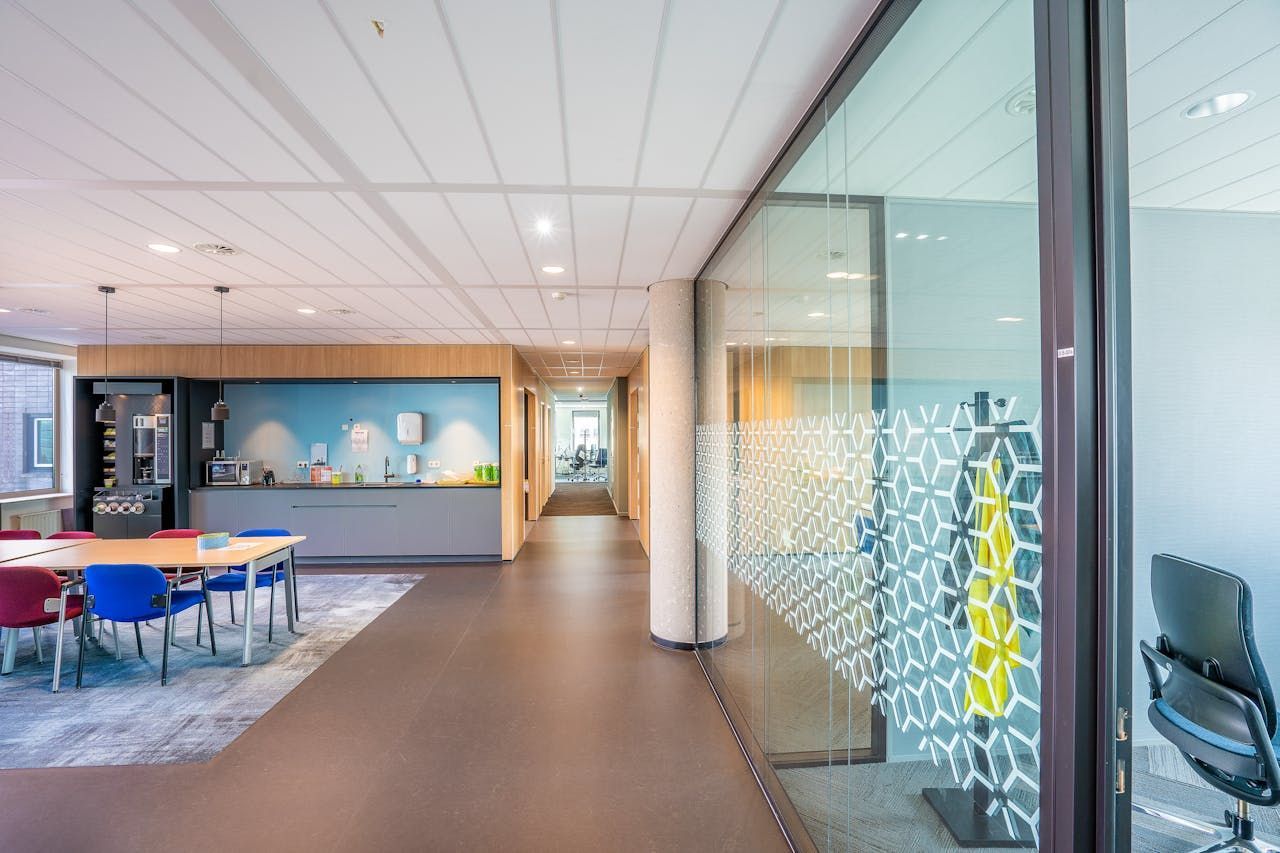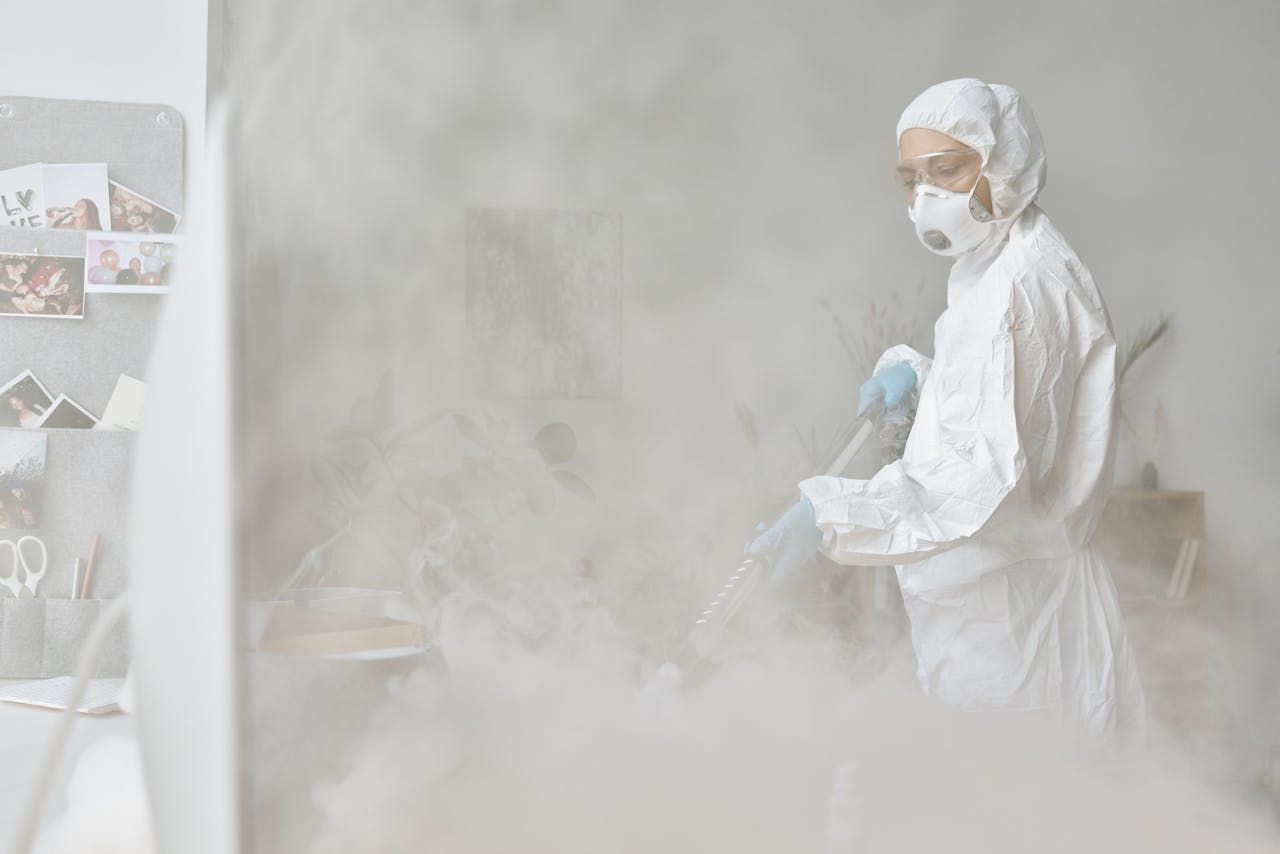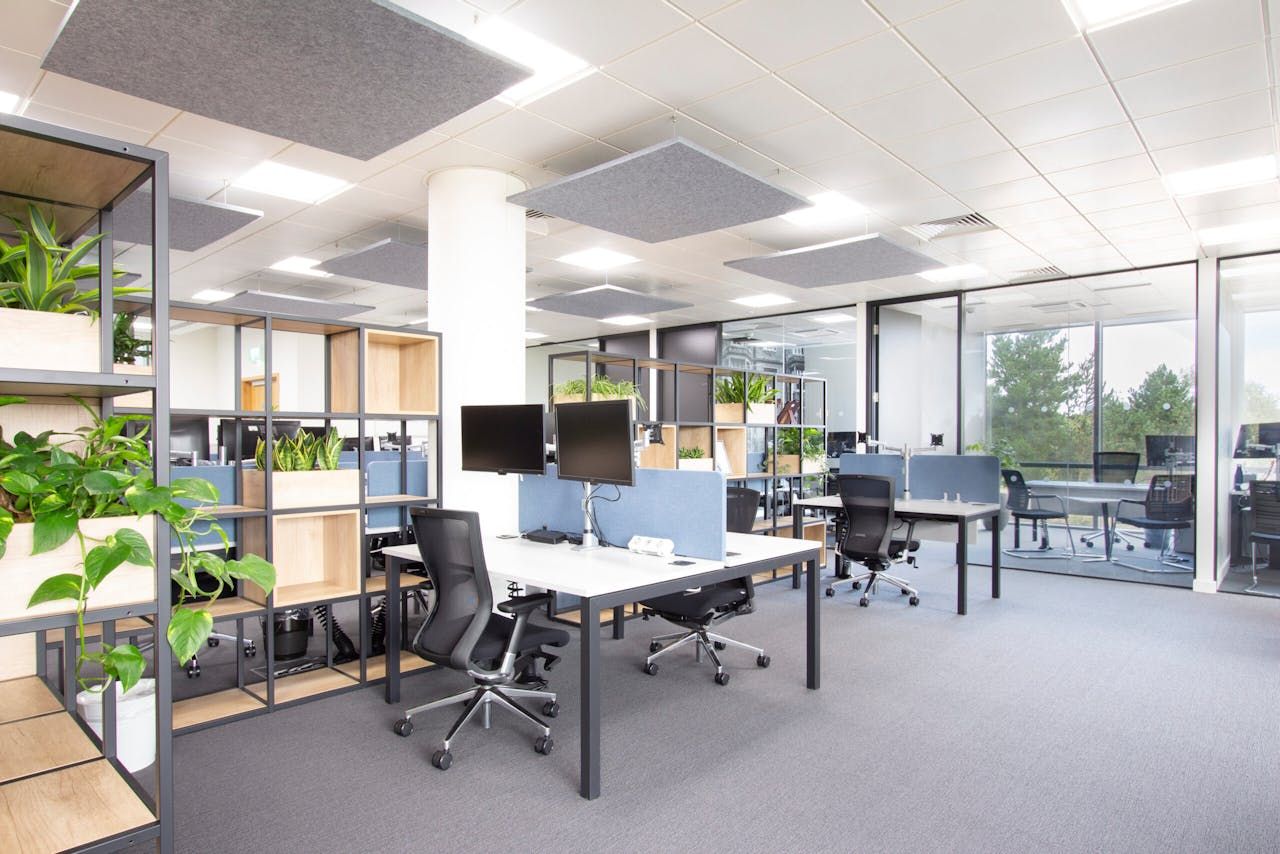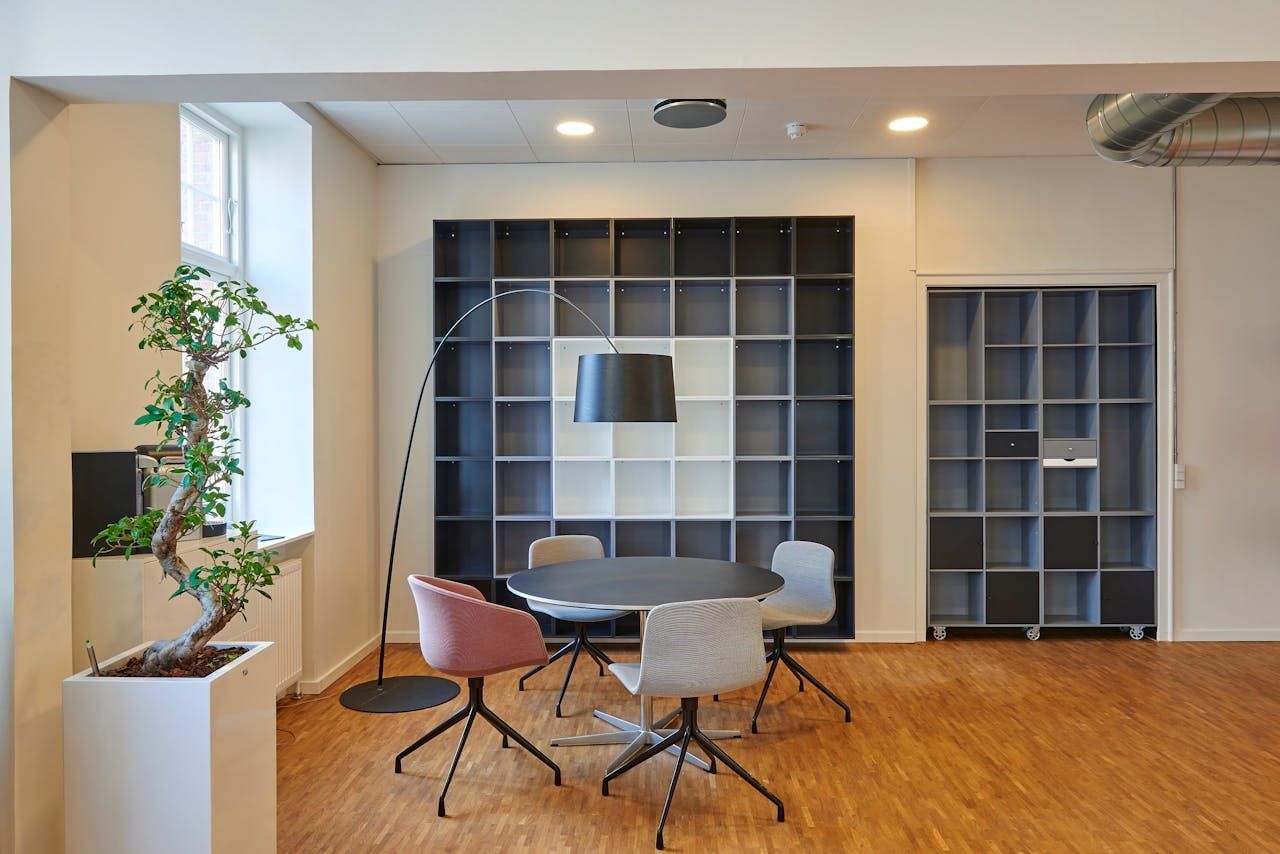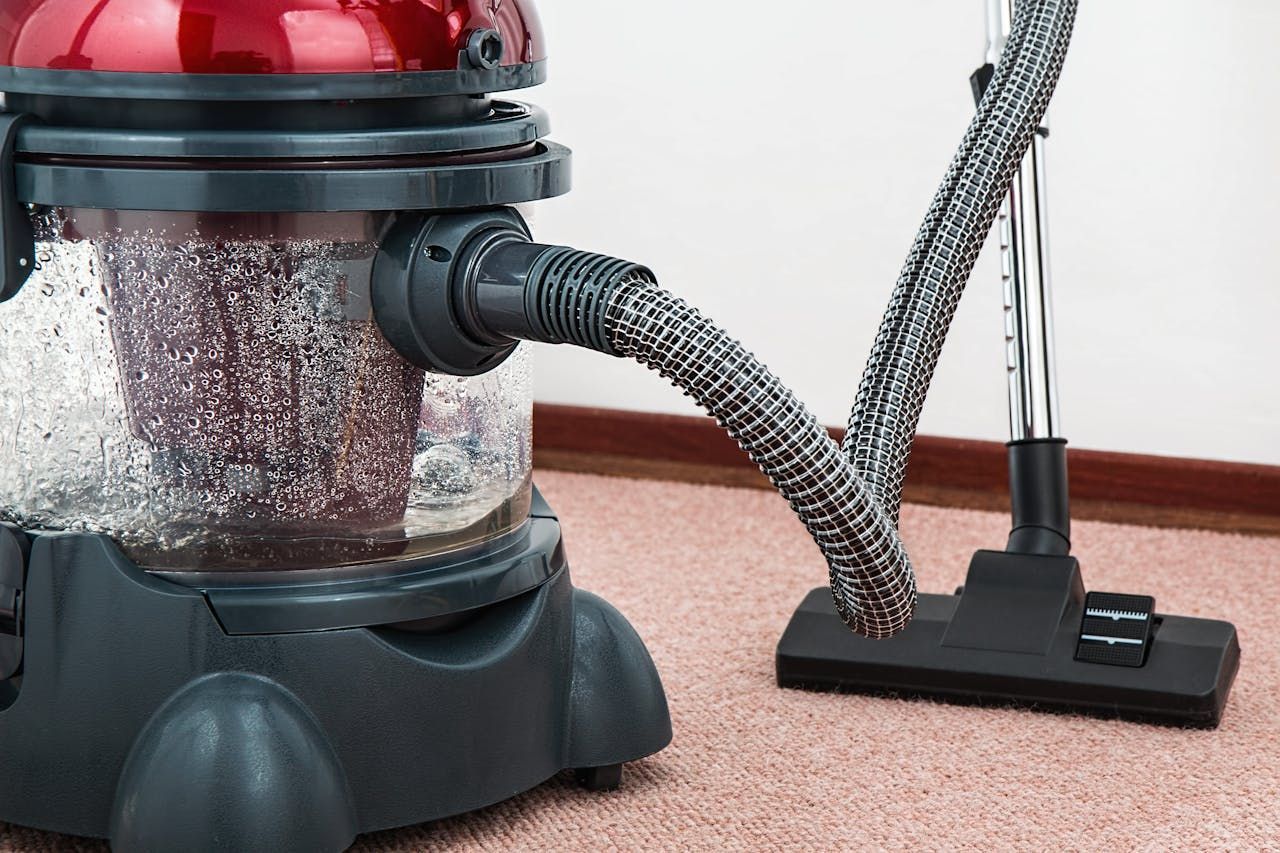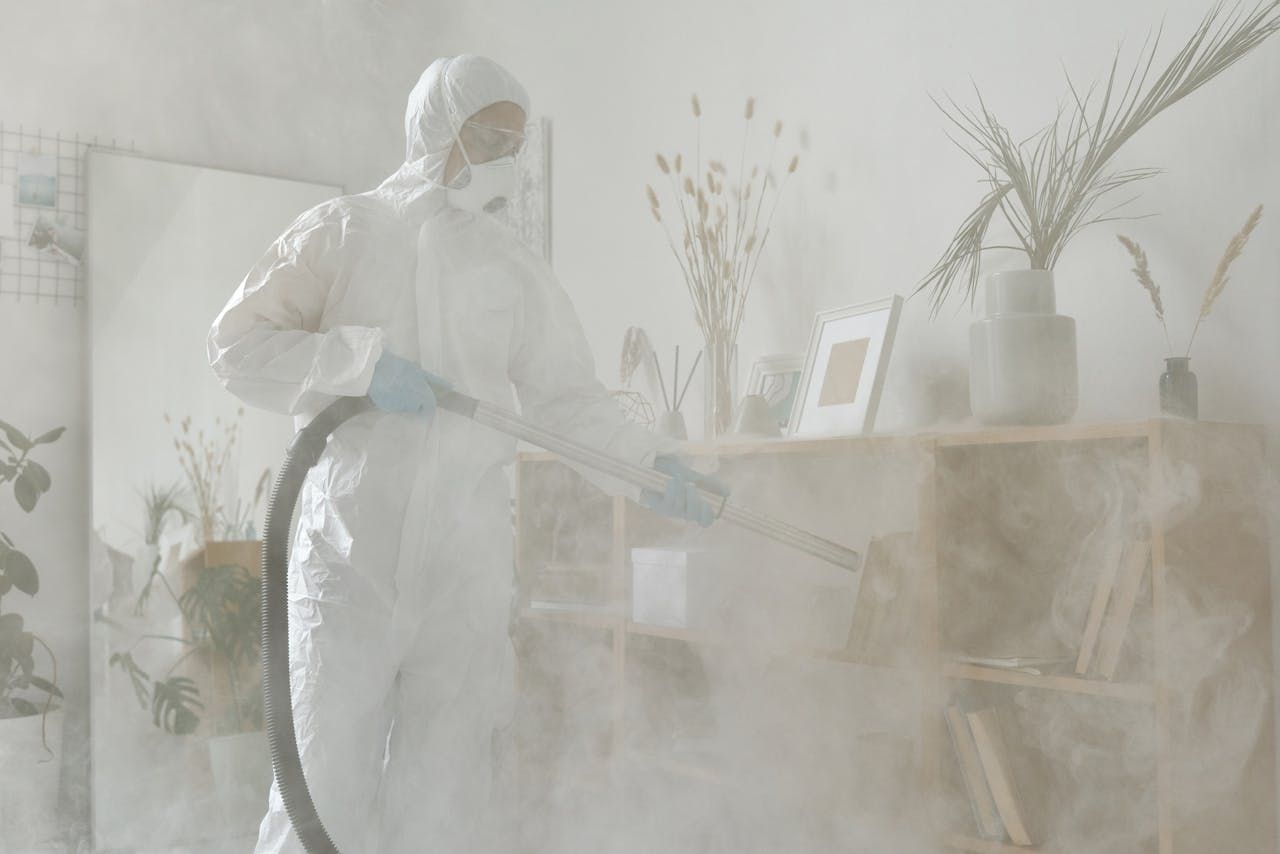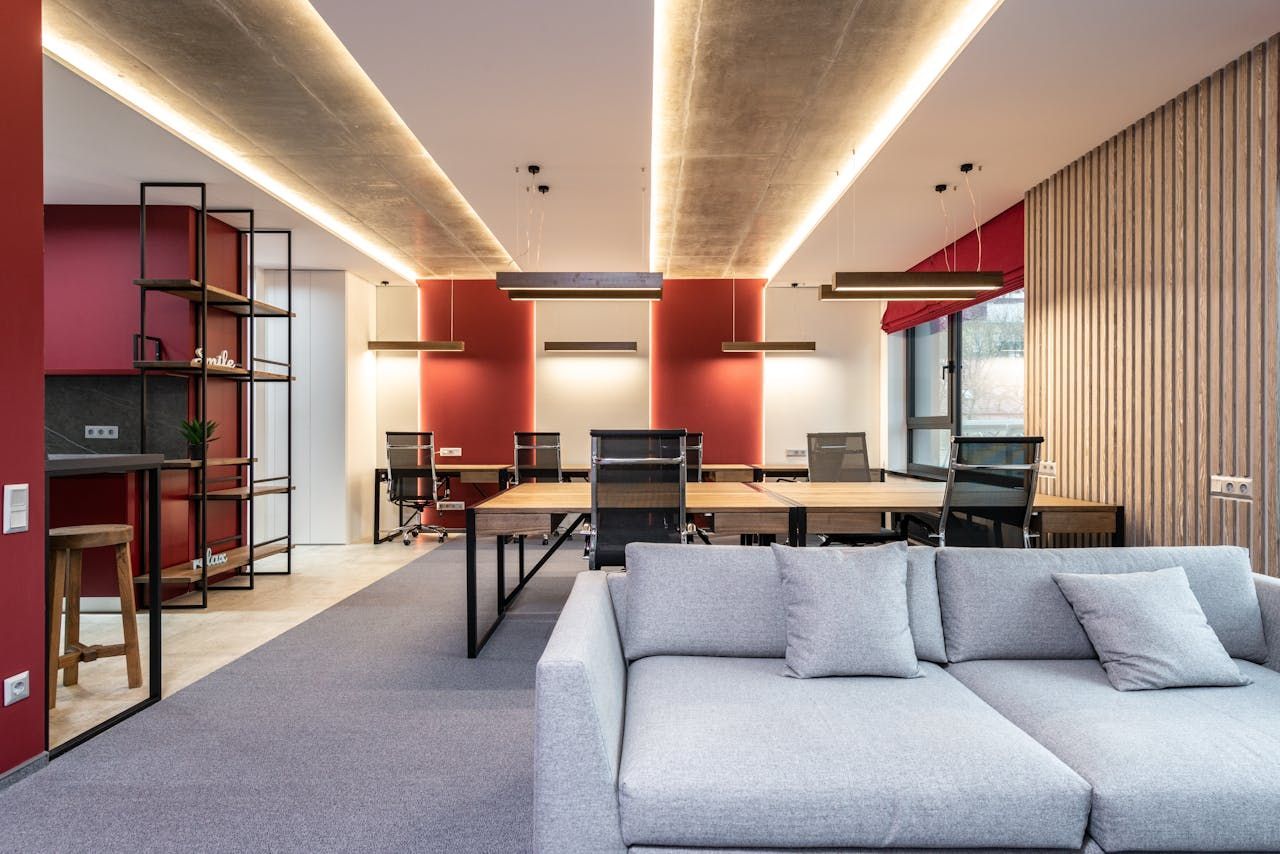The Art of First Impressions: Why Your Building’s Maintenance Matters
One of the biggest parts of book publishing is in cover design. Why? Because the old adage ‘never judge a book by its cover’ is never followed. As an idea, it is absolutely and totally wrong.
Every book is judged by its cover in the first instance, and publishers know this, thus the investment into this area. Even those little thumbnails that pop up when buying a book online have been carefully considered by successful authors and publishers.
What does this have to do with your building maintenance? The same principles apply here. Your business and everything you do, your services or your products, are the text of your ‘book’. Your building and what your clients see when they come to you - that’s your cover.
And you will be judged by it. Every. Single. Time.
First Impressions and Ongoing Suffering
A first impression is just that - those initial moments when someone instantly forms an opinion of you. It’s hard to shake off first impressions, especially bad ones.
It comes from an innate need for survival. As humans, tens of thousands of years ago, we’d see an animal on the horizon and have to sum it up in seconds. Big teeth? Large stature? Deafening growl? Run away!
Or in terms of environment: Nasty smell? Boggy underfoot? Slithering snakes? Run away!
It is reactions like this that can occur in those hidden recesses of the mind when someone visits your building. That first visual assessment will worm its way into their mind to be forever associated with you and your business. Dirty windows? Unclean floors? Stacked boxes all over the place? Unwashed coffee cups? A smelly toilet? Run away!
It’s not just the first impressions formed by that important visitor - what about your staff? Working in a poor environment becomes an ongoing problem for them to suffer, leading to feeling undervalued and disrespected. It affects morale and, ultimately, your business productivity.
What Can Give a Bad First Impression?
So what is it that people look at when they come to your premises? What are those aspects that cause a negative first impression?
- Bad smells - OK, it’s not a visual cue, but it’s a powerful one. Walking into a building that smells of mould, unclean toilets, or even something that can’t quite be defined, will turn your customers away. The same is true with personal smells; bad breath and body odours can be extremely unpleasant and will affect how you are perceived.
- Dirt - Grime and dirt will result in an exceptionally bad first impression. It looks unprofessional and presents the idea that you don’t respect yourself. Why should your clients trust you if you work in a dirty environment?
- Clutter - Not as immediately offensive as either smells or dirt, clutter shows something a little different - a chaotic, disorganised attitude. Companies with cluttered offices or workspaces look like they are never on top of their work. It’s no wonder that visitors walk away thinking you can’t handle whatever project they are about to offer. Clutter is also a significant health and safety hazard, presenting unwanted opportunities for accidents.
- Broken lights or fittings - If something is broken and you haven’t fixed it, you look lazy with poor attention to detail. Not the impression most businesses want to give.
- Poor exterior - So many offices, shops, and workspaces remember to clean and tidy the inside but forget entirely about the external view. Dirty windows, crumbling cladding, flaking paint… all of these aspects are seen even before your guest enters the building and won’t simply be undone by a shiny, clean interior. Often, the building maintenance is the remit of the landlord, but that doesn’t mean you should rest on your laurels - after all, it’s not their customers being put off. Stay on top of it.

The Role of Building Maintenance
Building maintenance is often seen as the bigger things - dealing with sewerage, electricity or water supply, that external aspect - but it also encompasses many smaller tasks. The cupboard door that hangs a little in the kitchen, the missing ceiling tiles, that light that flickers annoyingly… all these things are part of the building maintenance, too.
The fact is, by staying on top of all your building maintenance, small issues are dealt with before they become bigger problems - and it shows in those first impressions.
Building maintenance can either be proactive or reactive.
Proactive maintenance means staying ahead of the issues, having a regular building inspection to make sure everything is working as it should - it’s an expense, but it saves in the long run.
Reactive maintenance is when you call for help after an issue has raised its head, bringing in the fix when it’s already a problem. There are some short-term cost advantages, but issues are often more significant when they do arise.
But whether you prefer proactive or reactive building maintenance, it’s important you do take care of it.
And don’t overlook cleaning. Professional cleaning can act as a soft kind of proactive maintenance, as issues are often discovered when doing the cleaning. Listen to your cleaning team and consider their advice when prioritising maintenance.
What Services Are Included in Building Maintenance?
Building maintenance takes many forms, from light to heavy. A fully comprehensive building maintenance plan covers everything from daily cleaning through to structural issues and may include:
- Daily cleaning duties - desks, washing up, bins etc.
- Frequent general maintenance checks and handyman services - light bulbs, minor issues, etc.
- Plumbing - leaky taps, broken toilets, etc.
- Regular deeper cleaning tasks - windows, carpets, thorough kitchen clean, etc.
- Electrical - PAT testing, equipment maintenance, etc.
- Health and safety checks - access, fire safety, etc.
- External assessment and repair - building structure, roofs, etc.
A full building maintenance plan works especially well when your building maintenance and cleaning crew are under the same contract, enabling teams to identify issues and work quickly with less disruption and administrative hassle.
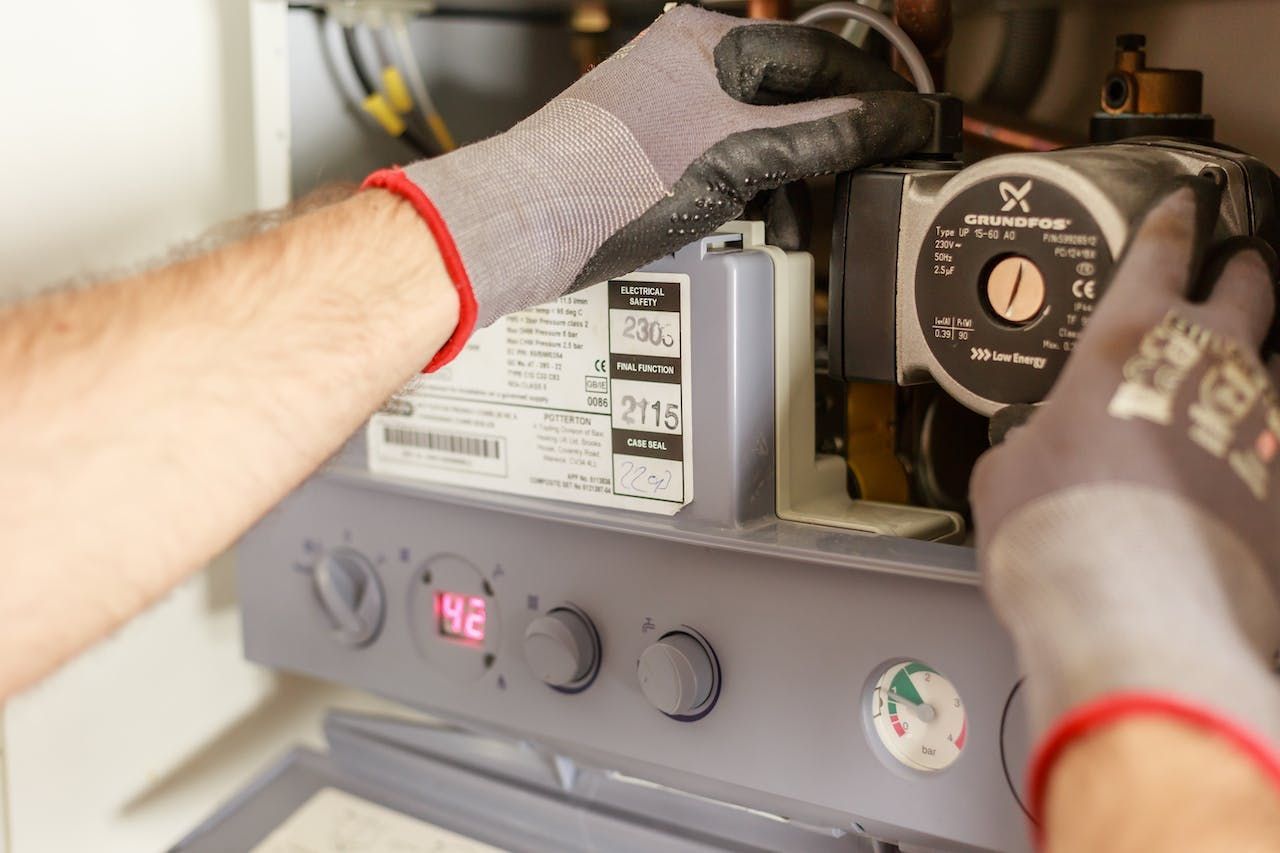
LNC Services and Building Maintenance
For a dedicated comprehensive building maintenance schedule, why not talk to us at LNC Services? Our team includes dedicated trained staff in every aspect of building maintenance, from professional cleaners through to health and safety experts. Contact us today for a customised plan tailored to fit your business, and let us help you make sure your cover never shadows the brilliance of the book within.
